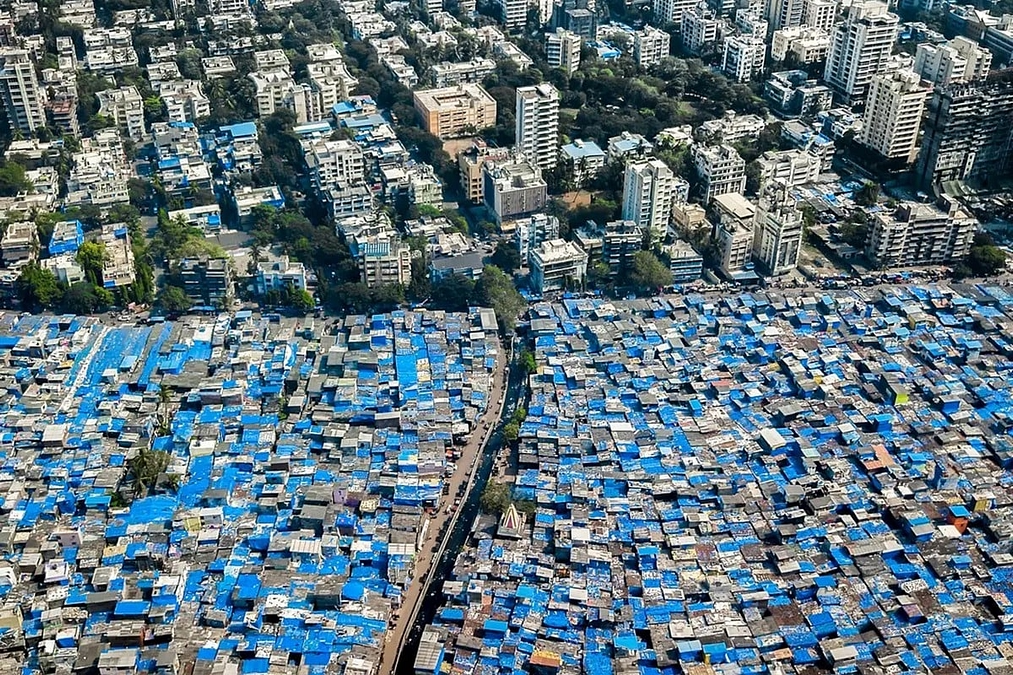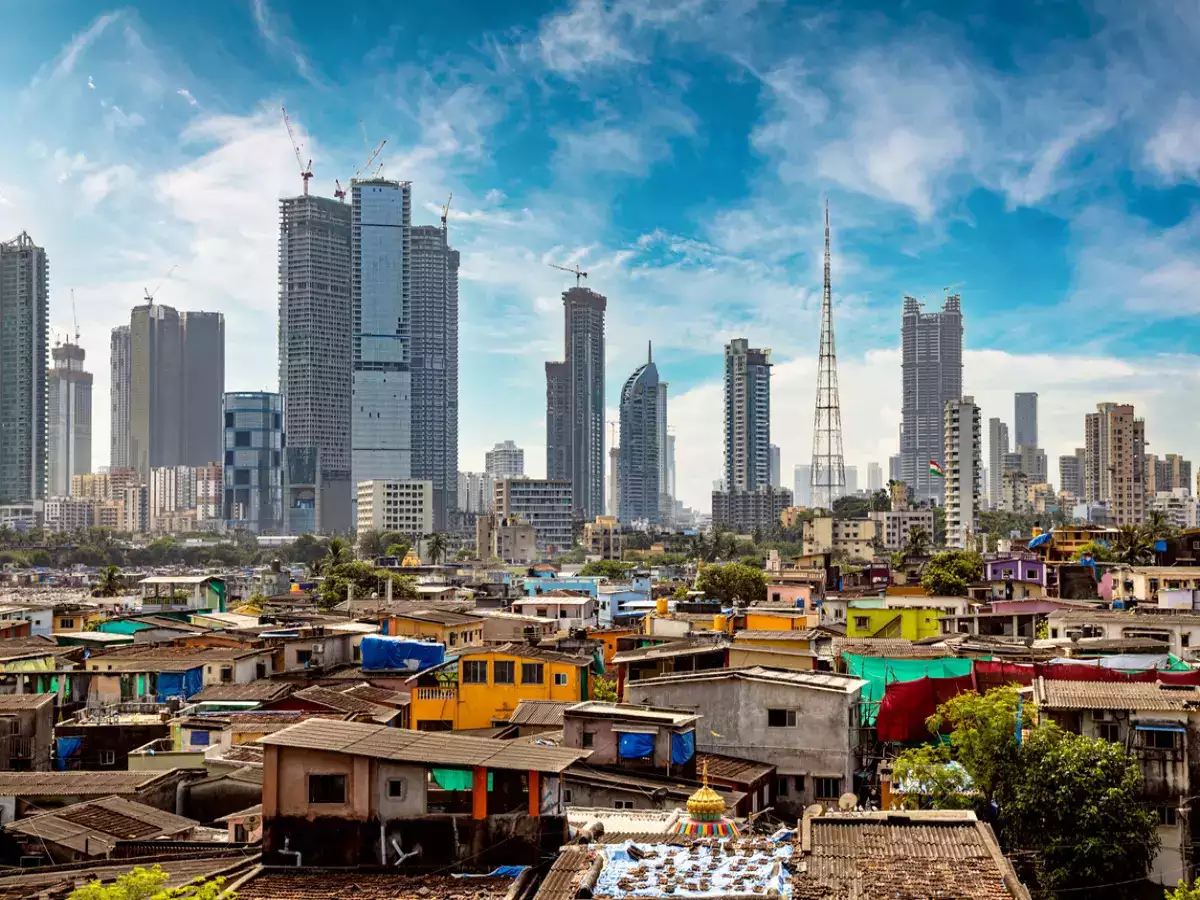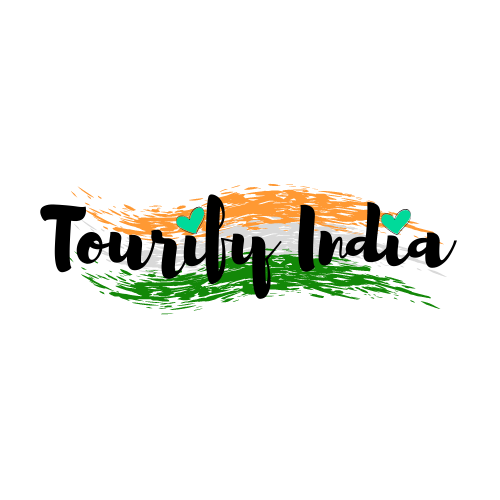Mumbai epitomises orchestrated chaos; the bustling metropolis has embraced many migrants. Dharavi, a place in Mumbai that existed way before modern-day Mumbai, has been home to hundreds of migrants. Our Dharavi slum tour will give you a glimpse of the tough life in Dharavi. The slum settlement of migrants has awe-inspiring stories hidden in the narrow lanes and poverty.
It has received attention from NGOs, news outlets, and celebrities yet remains underdeveloped despite many efforts to rehabilitate. Despite the harsh conditions, a thriving economy generates businesses worth billions. Well, if that surprises you, let us share some unheard Dharavi slum facts. From its history to its current status as a green micro-economy, here are some interesting facts about Dharavi.
The beginning of Dharavi
Dharavi was a fishermen’s island in the 18th century. When the marsh was filled, fishing ceased, and Dharavi gradually turned into the massive metropolitan expanse that it is presently. By the late 1800s, potters from Saurashtra had moved and established their colony (Kumbharwada), as had leather tanners from Tamilnadu. Uttar Pradesh artisans and embroidery workers pioneered the ready-made clothing sector. As a result, Mumbai, the country’s commercial hub with endless employment opportunities, drew individuals from all across the country, regardless of region, class, or gender. These unique roots remain part of the facts about Dharavi slum.
A city within a sprawling city
Dharavi is the second-largest slum in Asia and the largest in India. Situated in the heart of Mumbai, you will find people everywhere on every square inch of the land of Dharavi. Statistics show that a million people live over a 2.1 sq km area. Despite the cramped spaces, poor sanitation, and unsafe working conditions, it accommodates everybody and generates billions of sales.
Dharavi has a 69% literacy rate, making it the most educated slum. Over the past decades, Dharavi has had home-grown schools and institutions that educate thousands of students in local and English languages. The slum accommodates schools and institutes that are relatively affordable and are not merely commercial centres of education. This progress in education reflects the growing Dharavi literacy rate, showing how families prioritize learning despite limited resources. By knowing these facts, you gain insight into a community that redefines resilience and entrepreneurship amid challenges.
Life Inside Dharavi: A Day in the Slum
Days in Dharavi start early, with the narrow lanes coming alive as shop shutters open, vendors set up their stalls, and children get ready for school. Many homes also function as small workplaces, where families sort recyclable materials, stitch clothes, or work on leather products. Water is collected from shared taps, and simple meals are prepared in small kitchens that often become places for family conversations.
As the day goes on, the streets remain busy and full of energy. Bicycles pass through tight lanes, neighbours stop to chat, and tiny tea stalls serve customers throughout the day. Despite the challenges, there is a strong feeling of togetherness, with people helping and supporting each other. This everyday routine reflects the strength, hard work, and close community bonds that define life in Dharavi.
Dharavi: Exploring a Truly Unique Community
Dharavi is often seen as a poor area, but it’s a lively community with a rich mix of cultures and a robust and self-sustained economy. This part of Mumbai shows how people can work together, be creative, and stay strong in facing challenges. Here are some lesser-known Dharavi facts:
Cultural Diversity:
Dharavi is home to people from all over India, bringing together different traditions, languages, and skills. These diverse communities live together peacefully while keeping their cultural roots alive.
Economic Vitality:
Dharavi’s economy is well-organized, with thousands of small businesses and factories. These make a wide range of products, such as leather goods, clothes, pottery, and food items.
Contribution to Mumbai’s Economy:
The products made in Dharavi are sold across India and even exported to other countries, making it an essential part of Mumbai’s economy.
Self-Reliant Financial System:
Many businesses in Dharavi don’t rely on banks for support. Instead, they use community help and traditional ways of borrowing money. This self-reliant system has built a strong spirit of entrepreneurship. Such inspiring facts highlight its cultural significance in Mumbai.
These Mumbai slum facts shed light on Dharavi’s resilience and contributions to the city’s economy.
Dharavi is more entrepreneurial than you could think
Dharavi is not just about survival; it is a place where business ideas come to life every day. The area is powered by hard work, skill, and a strong entrepreneurial spirit.
The leather hub of India
Leather making is a significant profit-making industry of the Dharavi people. It is essential since the leather industry has the highest turnover rate compared with other Dharavi sectors. The craftsmen in Dharavi make leather articles from the skin of goats, water buffalo, and sheep. Animal skins are cleaned over spinning wheels and hung to dry across the narrow alleys in the small workrooms. They are then stamped with designs resembling other creatures, like snakes and crocodiles, and made into various leather items such as wallets and handbags. Such facts showcase the skill and craftsmanship found within its borders.
Kumbharwada of Dharavi
Dharavi cannot be discussed without mentioning the Kumbhars. As the name suggests, ‘Kumbhar’ means ‘potters,’ and ‘Wada’ means ‘colony.’ Kumbharwada was one of Dharavi’s first settlements, comprising migrants from the Indian state of Gujarat. Families have earned their livelihood for nearly a hundred years by making beautiful clay artifacts and selling them. Amazingly, for generations, Dharavi craftsmen have been making ceramic bowls, ornamental vases, and diyas that are shipped and sold across the country. Dharavi is known to recycle waste from their industries; the textile industry waste, like the scraps of cloth, is used to create a slow-burning furnace to dry their ceramics.
Dharavi is a green micro-economy
Pickers all over Mumbai look for plastic scraps to sell to Dharavi locals. These slum residents break down plastic, sort it, wash it, dry it, and transform it into little plastic pellets, which are then delivered to plastic producers for recycling.
Workers in Dharavi also recycle metal by cleaning and crushing old auto components and paint cans before reselling them to metal producers. Workers develop new machinery that assists in crushing the raw aluminium down the small alleyways of Dharavi. The recycled metal is transformed into machines and automobile engines, which workers in other businesses use.
Dharavi is incredibly creative and inventive.
Dharavi is vibrant, unique, and creative in unimaginable ways. Its art room aims to inspire the youngsters of Dharavi to discover reading and art. The room features exhibitions and courses that use art to empower disadvantaged children and women. The Dharavi Art Room welcomes contributions of books, stationery, toys, and other items. It also holds many fundraising activities, so keep an eye out for those.
Design Museum Dharavi is a unique exhibition facility in the centre of Dharavi. This spot highlights Dharavi inhabitants’ abilities. It showcases local items while providing a forum for creators to empower themselves and build their businesses and livelihoods.
Dharavi residents have left no stone unturned! Dharavi is home to many famous break dancers, beatboxers, and rappers. As a result, the slum has developed a strong hip-hop culture, making it a significant contributor to the entertainment sector.
The people of Dharavi are incredibly talented! Dharavi is also home to many well-known break dancers, beatboxers, and rappers. Because of this, the slum has developed a vibrant hip-hop culture, making it an important part of the entertainment industry. These Mumbai slum facts highlight how deeply embedded arts and culture are in Dharavi’s identity.
Dharavi’s Transformation: From Slum to Model of Urban Innovation
Over the years, Dharavi has grown from a crowded settlement into a place known for creativity and smart, practical solutions. Its recycling work, small factories, and community-run businesses have gained attention from people around the world. What was once viewed only as a slum is now seen in a new light. It stands as an example of how communities can build strong, sustainable systems with limited resources.
New development plans and social projects are working to improve housing, sanitation, and basic facilities. They do this while protecting the jobs and livelihoods of residents. Dharavi shows that real innovation doesn’t always come from big technology or modern buildings. It comes from people working together, solving problems, and supporting one another. Today, Dharavi stands as a strong example of urban resilience and human ingenuity.
Conclusion
Our Magical Mumbai tours will help you recognize that Dharavi is not all about poverty, hardships, and unhealthy living conditions. The narrow alleyways are filled with immensely humble people who earn their livelihood with hard work. With these people, Dharavi is the most important contributor to the country’s economy. Now that you know some unheard facts and understand its vibrant culture, resilience, and economy, it’s time to book your tour to experience the life and spirit of this unique community firsthand.








